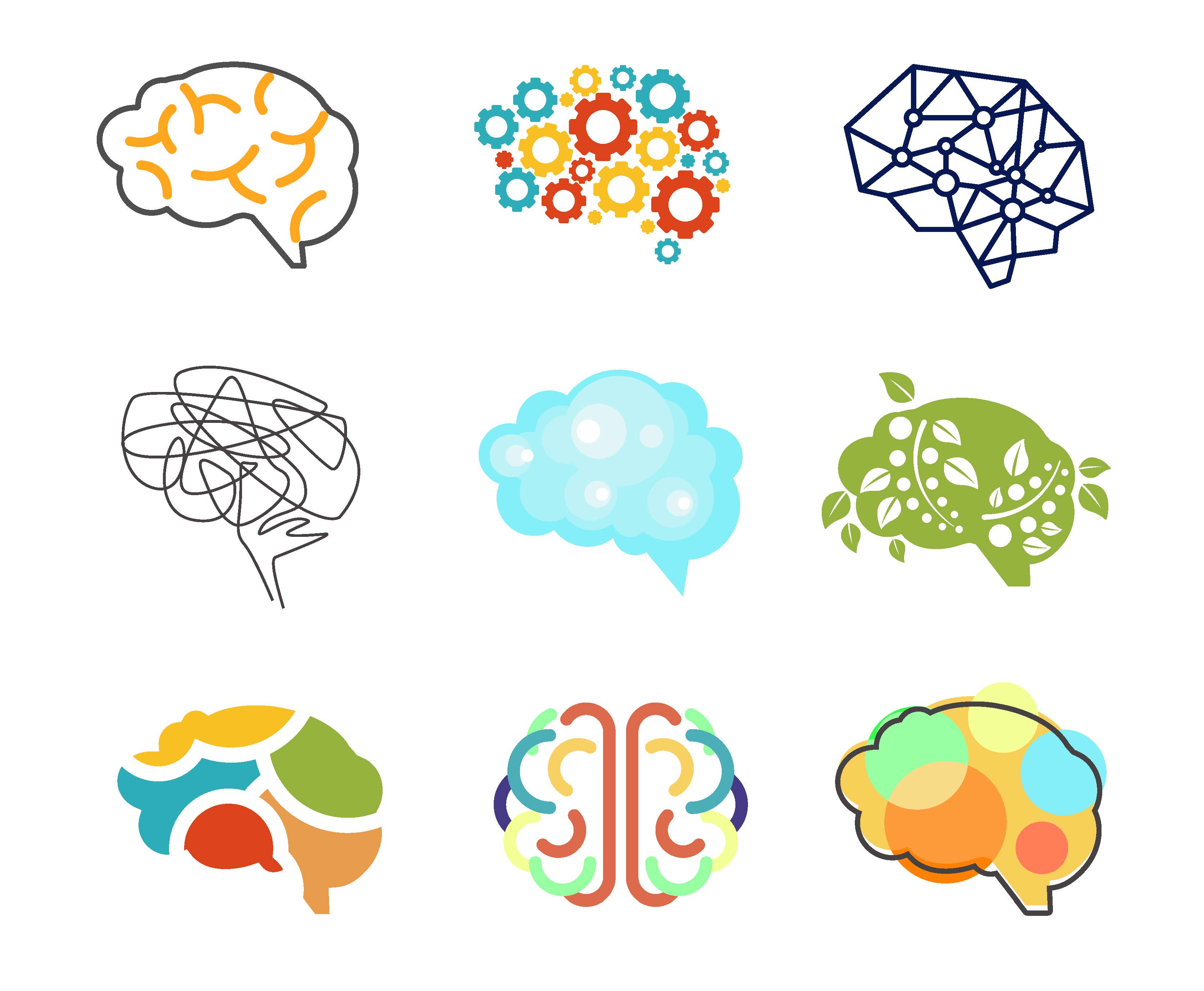
For so many companies, diversity in the workplace is a pain point that won’t heal. From Google’s diversity challenges to the recurring dilemma the Oscars are facing, diversity is a difficult subject to discuss, and from a human resources perspective, it’s an even pricklier issue.
In a previous Luna Data Solutions post about harnessing innovation, much of the focus was on what type of thinker to hire when building a team geared toward inventive solutions. The question of how diversity plays into innovation dream teams is worth a deeper investigation. After all, infusing new vision into a stagnant brain pool can introduce novel approaches to tired questions.
While cultural diversity, now (mostly) legally mandated, is primarily focused on maintaining an atmosphere of fairness and equal opportunity, cognitive diversity is more about the team’s creative composition: making sure you have thinkers covering the bases you haven’t even thought of, having thinkers to replace old plans with new ideas, and taking projects in pioneering directions.
Homogeneity – the creativity killer
In team development and department building, homogeneity is a creativity killer. Without new voices and fresh perspectives, work product will stagnate. Cognitive diversity isn’t a passing phase—it’s the next step in creating an inclusive, dynamic workforce that will create solutions and introduce exceptional perspectives.
As companies and industries take a hard look at their cultural diversity, the question shouldn’t be, “why should we be more diverse,” but rather, “why are we neglecting the ocean of cognitive diversity available to us?” While one form of diversity won’t necessarily connote the other, chances are, a team won’t have one without the other. If old-hat biases are preventing inclusive hiring, not only will a company inevitably be called out for discriminatory staffing, but they’re short changing the company by major thought-margins.
This isn’t a new or original problem by any means, but perhaps reframing the issue in terms of the ‘benefits of variety’ versus the ‘ease of uniformity,’ this fresh understanding will add value for those hiring staff from an increasingly forward-thinking workforce.
Speaking Of Millennials…
It’s nearly impossible to talk about new trends in hiring practices without talking about Millennials. After all, primed to become a majority of the workforce in the next ten years, their opinions will matter, whether previous generations appreciate them or not. In Millennials Have A Different Definition Of Diversity And Inclusion by reporter Lydia Dishman, she writes in response to a study by the Deloitte and the Billie Jean King Initiative (BJKLI). Dishman explains that to Millennials, diversity has come to mean something much more nuanced than the traditional, culturally focused definition.
Dishman writes, “Millennials view diversity as the blending of different backgrounds, experiences, and perspectives within a team.”
It’s not as much about having the members of a team come from different places or look differently, but that they are also bringing those experiential differences to the thought table. The advantage is the variety of minds that are available when managers aren’t too distracted or intimidated by a variety of appearance, age, sexual orientation, or religion, to name a few.
Digging further into the Deloitte Study
In the Deloitte study, authors M. Christie Smith, PhD and Stephanie Turner, PhD draw parallels between millennial perspectives verses that of previous generations. The advantage of inclusion, for example, is valued by both groups, but is framed in a different shade of virtue.
The Deloitte study explains, “When it comes to defining inclusion, millennials focus primarily and extensively on teaming, valuing a culture of connectivity, and using collaborative tools to drive business impact” whereas “Prior generations instead defined inclusion in terms of equity, fairness, and the integration, acceptance and tolerance of gender, racial and ethnic diversity within the organization.” Both versions are noble, but the millennial version requires new approaches to hiring, managing, and collaborating.

Open Doors Bring Open Minds
It must be said, however, that an appreciation for cognitive diversity would not have been possible without first acknowledging and opening the doors to culturally diverse perspectives in the first place. Now, at least having cracked the door for talent regardless of race, religion, ethnicity, or sexual orientation, this next level of inclusion is facilitated and thus recognized for its enormous innovating potential.
Having hired with cognitive diversity in mind, the next challenge is managing dynamic and diverging perspectives into a productive work product. Dishman points out, according to Smith and Turner, that “Millennials view cognitive diversity as a necessary element for innovation, and are 71% more likely to focus on teamwork.” Managing this diverse millennial workforce will require inclusive managing, not with uniformity in mind, but with discourse and upheaval as the optimum outcome.
a New Frontier in Diversity
In an article written by Anesa "Nes" Diaz-Uda, Carmen Medina, and Beth Schill titled Diversity's new frontier: Diversity of thought and the future of the workforce, they explain that although traditional diversity must remain a priority, they as that we consider “what workplace diversity really should mean in the 21st century?”
Cognitive diversity, or diversity of thought, focuses “on realizing the full potential of people, and in turn the organization, by acknowledging and appreciating the potential promise of each person’s unique perspective and different way of thinking.” The simple melody isn’t enough anymore. Innovative companies want harmony—as in, different notes coming together, and maybe even writing a new song altogether.
If each person’s voice is to be valued, management must approach solving business problems as “social architects” (as discussed in the Harnessing Innovation post mentioned above). Diaz-Uda, Medina, and Schill explain that managers will have to modify their leadership styles to “better encourage the connections between individuals and their ideas to improve problem solving, learning, cooperation, and innovation in their organizations.”
The end result is exciting solutions to problems the old homogeneous team might not have even seen coming, solutions that will benefit larger untapped demographics, and an atmosphere of respect and inclusion that previous generations only dreamed of achieving in the workplace.

